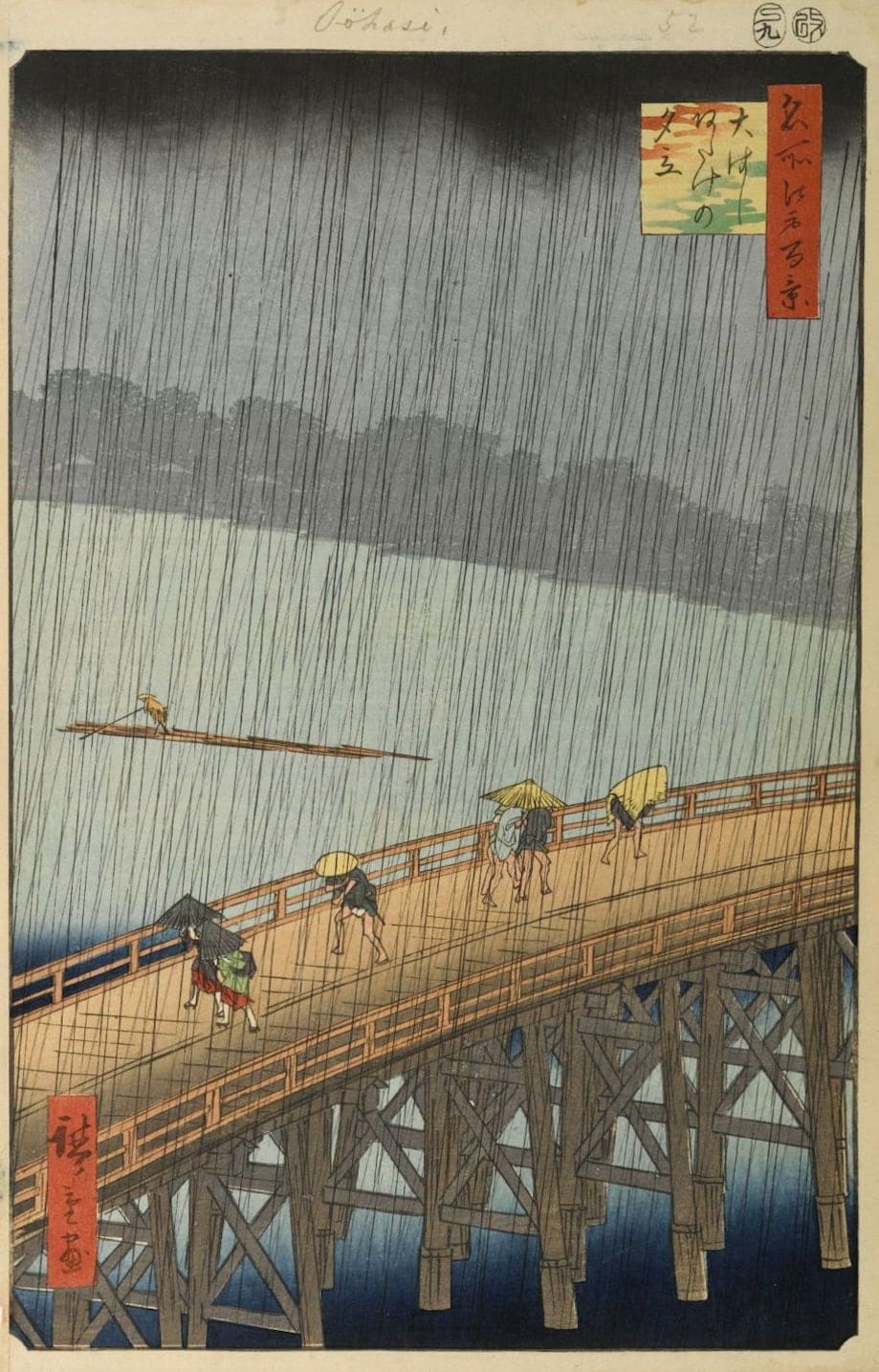Key Takeaways
- Japanese art spans a vast range of styles and media, from ancient pottery to contemporary manga and anime.
- It reflects Japan’s unique blend of tradition and innovation, influenced by both native and foreign cultures.
- Key periods include the Jōmon, Yayoi, Kofun, Asuka and Nara, Heian, Kamakura, Muromachi, Azuchi-Momoyama, Edo, Meiji, and contemporary times.
- Traditional Japanese aesthetics like wabi-sabi, kintsugi, and the influence of Zen Buddhism play a significant role.
- The impact of Japanese art is global, influencing Western art forms, especially in the 19th and 20th centuries.
Ah, the intricacies of Japanese art! Let me share a journey through its vivid landscape, where every brushstroke and sculpted curve tells a story of cultural evolution and aesthetic finesse.
I remember walking through the misty paths of a Japanese garden, the embodiment of ‘shibui’ – that sublime balance of simplicity and complexity. Each stone and tree seemed carefully placed to capture the essence of nature, yet nothing felt overly arranged. It was as if the gardeners had whispered secrets to the earth, coaxing it into forms of serene beauty.
Now, imagine the tactile joy of holding a Jōmon period pottery piece, its surface textured with the imprints of ancient fingers, a direct link to the hands of someone from thousands of years ago. These earthenwares, with their whimsical yet profound designs, speak of a people deeply connected to their environment, finding harmony in the asymmetry of life.
Transitioning to the Nara period, I was struck by the grandeur of the Buddhist temples, their wooden beams soaring towards the heavens, each carving and gilt detail narrating tales of spiritual quests and divine teachings. The air around these structures hummed with the energy of centuries-old chants, resonating through time.
As I delved into the Edo period, the vibrant ukiyo-e prints unfolded before me like a colorful tapestry of daily life, pulsating with the energy of urban culture. Artists like Hokusai and Hiroshige captured fleeting moments with such vitality that each wave and cherry blossom seemed to pulse with life.
Fast forward to the Meiji era, and the fusion of East and West birthed an artistic revolution. The influx of Western techniques stirred a creative awakening, leading to a dynamic blend of traditional Japanese sensibilities with modern expressions, a testament to the adaptive spirit of Japanese artistry.
In contemporary times, the seamless blend of tradition and innovation continues. I’m fascinated by the works of Takashi Murakami, where the lines between commercial and high art blur, creating a pulsating world of ‘superflat’ aesthetics, brimming with post-modern irony and cultural commentary.
Through each era, Japanese art remains a fluid narrative, echoing the nation’s historical journey and its perpetual dance between the whispers of the past and the bold strides towards the future.
Reflecting on this rich tapestry, I ponder the delicate balance of ‘wabi-sabi,’ the beauty in imperfection and transience. It’s a concept that resonates deeply in today’s fast-paced world, reminding us of the inherent beauty in simplicity and the natural cycle of growth and decay.
In the grand scheme of things, Japanese art is not just a visual feast but a profound journey through the human condition, offering insights that transcend cultural and temporal boundaries, urging us to reflect on our own place within the natural and cultural continuum.
Frequently Asked Questions
- What defines Japanese art?
Japanese art is characterized by its ability to blend tradition and innovation, with a strong emphasis on nature, simplicity, and the expression of spiritual and philosophical ideas. - How did Buddhism influence Japanese art?
Buddhism introduced new themes, artistic techniques, and iconography to Japanese art, influencing everything from temple architecture to sculpture and painting. - What is the significance of the Edo period in Japanese art?
The Edo period marked a time of cultural flourishing and isolation from the West, leading to unique developments in art forms like ukiyo-e, which depicted everyday life and landscapes. - How has Japanese art influenced the Western world?
Japanese art has significantly influenced Western art, particularly in the late 19th and early 20th centuries, with its aesthetics, craftsmanship, and concepts like minimalism and embracing imperfection. - What are some key themes in Japanese art?
Key themes include the transient beauty of nature, the impermanence of life, the pursuit of spiritual enlightenment, and the celebration of seasonal changes.
